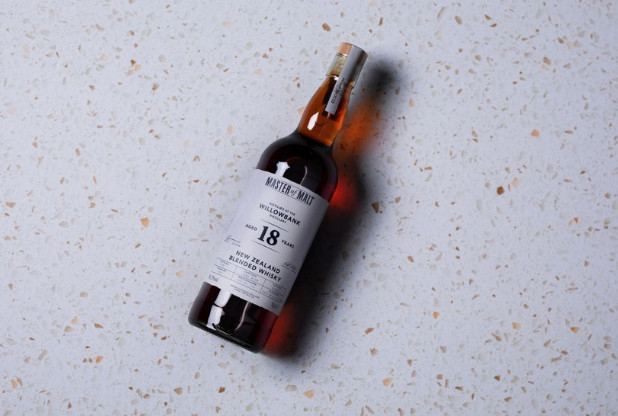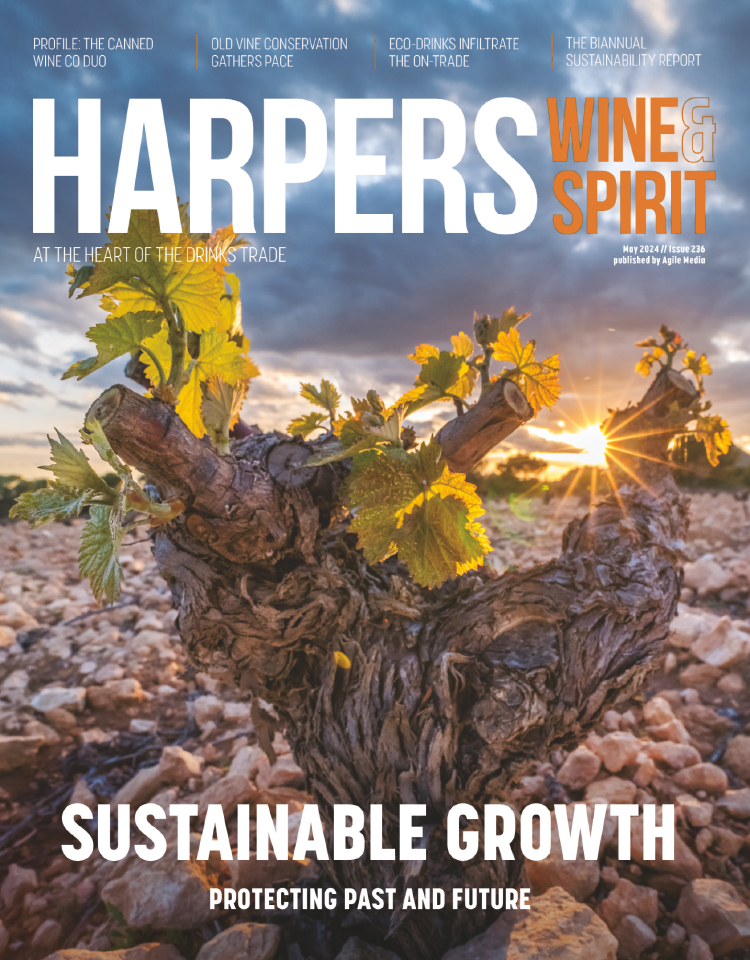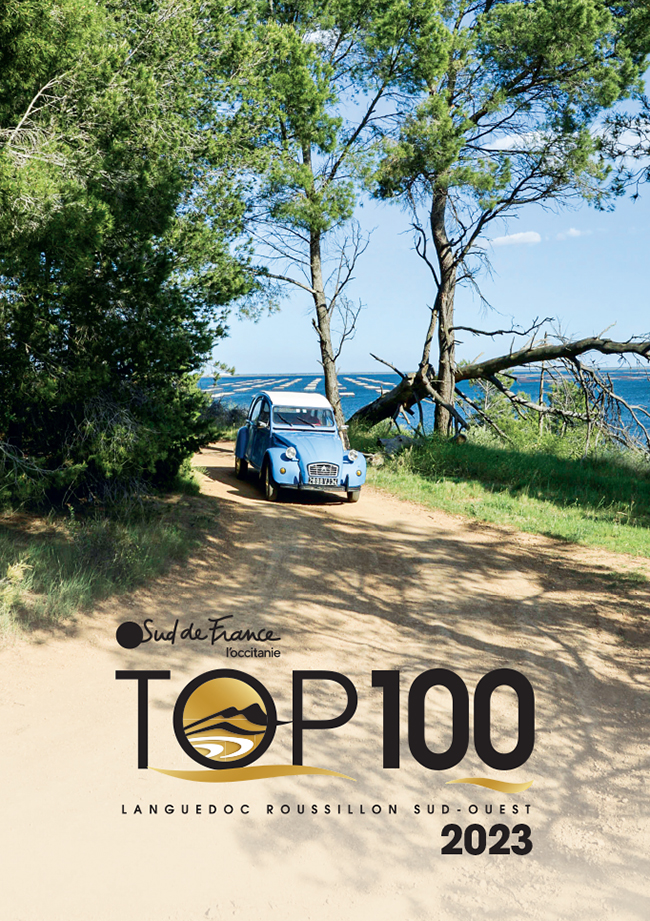
Nordic whisky in growth, reports Master of Malt
In its World Whisky Report, online retailer Master of Malt has revealed the top five countries in growth for whisky, and Nordic countries are well-represented, namely Finland, Denmark, and Sweden.
Finland was confirmed as the country with the highest overall growth in sales of its homegrown whisky, with a 1189.8% increase in 2022 against the previous year. Denmark and Sweden also featured in the top 5 with a 60.3% and 58.2% growth respectively in the same period.
According to Jess Williamson, content manager at Master of Malt and the report’s author, “there are a few factors to take into account when it comes to world whisky growth”.
- Read more: Co-op spirits buyer receives whisky nod
Williamson told Harpers: “Firstly, as we've reported before, the price hikes within single malt Scotch whisky are certainly driving drinkers to explore other options, not only from other countries but utilising different grains too.
“I believe that Nordic countries such as Sweden, Finland, and Denmark are seeing such impressive growth because though they are established on the world whisky stage and have created a name for themselves, they aren't stuck in old traditions and embody an inherent sense of playfulness. The at-home mixing trend shows no sign of fading, and these whiskies provide a more affordable departure from single malt Scotch that encourages their use in cocktails.”
The rise in popularity can be further attributed to a wider trend in authenticity, diversity and provenance within the drinks trade, and Nordic whisky provides this in abundance through its use of local grain and native wood types.
Also high on the list was New Zealand with 270.8% growth, which can be attributed to its strong supply of stock that offers consumers the same age statement for less than half the price of single malt Scotch.
Canada, with its 73.3% growth also offers a point of difference like its Nordic counterparts due to its native corn and competitive price point against bourbon.
In the report, Williamson added: “These [whiskies] offer familiarity in terms of some of the whisky-making processes, with the likes of single malts and rye whiskies dominating, but often enough inject a dose of distinctive native flavours in the form of casks (cloudberry, lingonberry, etc) and local peat.”







